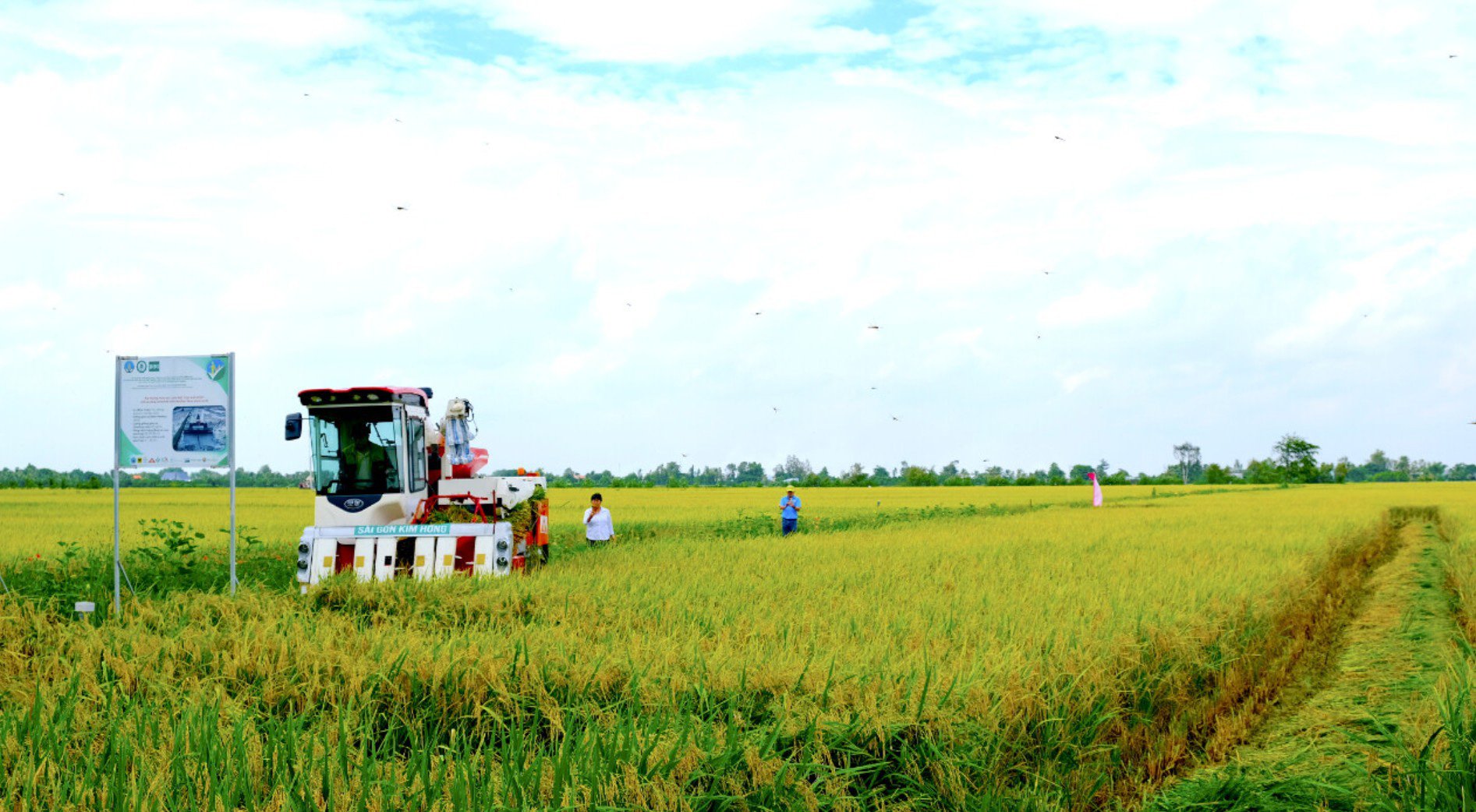
Harvesting high-quality, low-emission rice in Dong Thap – Photo: DANG TUYET
Branded rice faces difficulties in protecting its brand due to counterfeiting and imitation. Many solutions are needed to build a sustainable rice brand.
Fragile rice brand easily… lost
“At first, I was confused and didn’t know where to start. However, after the incidents surrounding the world’s best rice, I learned a lot and was determined to do it,” said Mr. Cua.
After ST25 rice was crowned the world's best rice in 2019, Mr. Cua's family started to register the trademark, which was also the time when domestic and foreign enterprises started to register for protection of the ST25 trademark. For example, in 2021, 30 domestic and foreign enterprises registered for exclusive protection of the trademark, with one enterprise registering the exclusive rights to the word ST25.
After hiring an international law firm to represent him in the lawsuit and with the help of many organizations, Mr. Cua won the copyright in late 2023, after the other businesses' applications were suspended. "If we do not take timely action and are not accepted by the US intellectual property management agency, the keyword ST25 will not be attached to Vietnamese rice bags, we will lose our brand," Mr. Cua said.
Meanwhile, according to Mr. Tran Truong Tan Tai - General Director of Vietnam Rice Company Limited (Vinarice, Dong Thap), to build a rice brand, businesses need to carry out many steps such as: sending rice samples to partners, committing to standards set by partners such as some Middle Eastern countries setting Halal standards, with the unit certifying this standard must be abroad.
Then there are many other factors such as social values, human values (policies for workers, female-headed workers, etc.). In addition, when building raw material areas for rice brands, foreign partners continuously send people to supervise. "That's the game, businesses that want to do it must accept it," said Mr. Tai.
Capital needed to develop high quality rice
Mr. Nguyen Hong P., residing in Thap Muoi district, Dong Thap province, said that thanks to agricultural loans from banks, his family has more capital to invest in a rice business. Banks have diversified service packages, specifically, he borrowed from HDBank, so he has a revolving source of money to buy rice, buy packaging machines, vacuum sealers to help transport and preserve rice longer. With the opportunities of the rice industry, Mr. P. is confident: "In the near future, I will continue to borrow capital to expand my rice business."
Meanwhile, many individuals and units said that they still need large capital to develop high-quality rice. Mr. Nguyen Van Hung, Director of Thang Loi Agricultural Service Cooperative (Dong Thap province), said that the cooperative currently hopes to access more capital to invest in solidifying canals and irrigation in the fields. "In the 2024 autumn-winter crop, Dong Thap province has implemented a model of 1 million hectares of high-quality rice, reducing emissions. As a result, the model helps reduce production costs by 20-30%; increase productivity by 10%; increase farmers' income by 20-25%. The cooperative needs to borrow capital to expand the area of high-quality rice production to 150 hectares," Mr. Hung said.
HDBank representative said that since the beginning of 2024, this bank has disbursed a credit limit of nearly VND 5,000 billion to a leading agricultural service group in Vietnam. In addition, HDBank has implemented many incentives on fees and loan interest rates for individual customers and corporate customers operating in specialized fields: pepper, coffee, cashew, rice trading, etc.
With a chain-based lending strategy, HDBank is working with businesses and farmers to seize growth opportunities in the potential rice market.
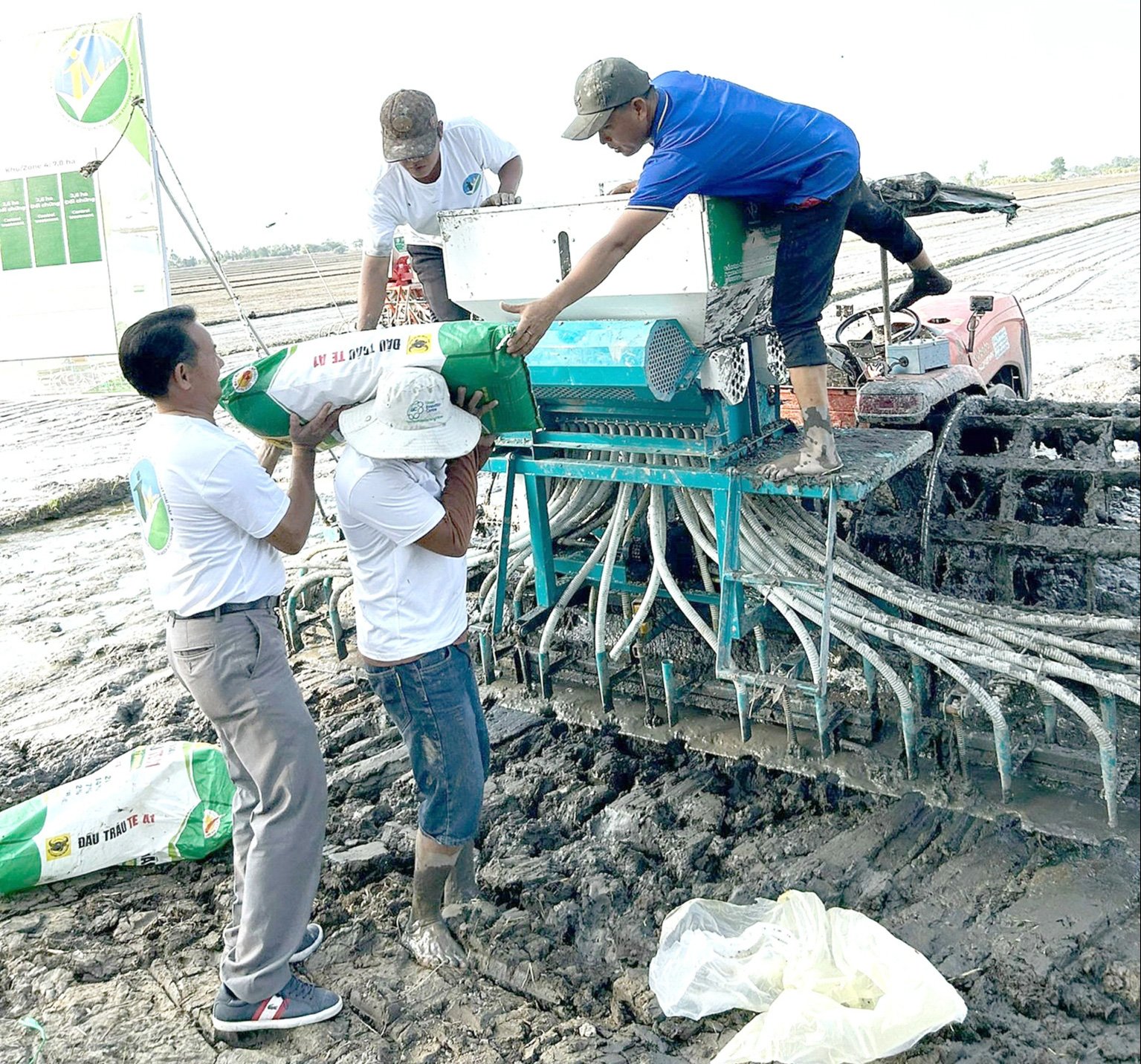
Sowing rice under the 1 million hectare high-quality project of Can Tho City - Photo: CHI QUOC
Must start with the raw material area…
According to Mr. Tran Truong Tan Tai, to have a consistent quality rice material area, the enterprise always takes small steps to control the input quality, then invests in factory machinery and technology to preserve and control residue. The company organizes the purchase of rice produced according to the standard shrimp rice model in the provinces of Bac Lieu, Kien Giang, Ca Mau and Soc Trang, and at the same time expands the growing area.
“In my opinion, we should not be ambitious about quantity and buy large quantities of rice regardless. If there is only one batch of poor quality rice, we will lose the opportunity to develop. Vinarice is exporting 3 rice brands, the lowest of which is about 980 USD. Domestically, there are also 2 rice brands exclusively for Co.opmart and Vinmart,” said Mr. Tai.
A rice industry expert said that Vietnam needs to establish a common rice brand for Vietnamese rice, and at the same time build a certification mark to register with the Intellectual Property Office and register with intellectual property management agencies of countries with potential to buy Vietnamese rice. From Thailand's experience, there should be regulations and common criteria for rice quality such as moisture, color, but most importantly, the purity of the rice grain, and establish a regulation for recognition.
“Thailand recognizes DNA and organizes post-auditing at the business stage. With the efforts of the entire industry from the Foreign Trade Department to the Intellectual Property Department and its regulations, Thai rice has firmly established its position as the world's number 1 fragrant rice. With a scale of 1.3 million tons/year in recent years, it has brought extremely high efficiency, creating a great reputation for Thai rice,” he said.
Need State support
According to Mr. Do Ha Nam - Vice President of the Vietnam Food Association (VFA), there should be a policy to support enterprises exporting branded rice with the national certification label of Vietnam Rice.
“Support policies need to be specific, for example, the State should support the establishment of offices to introduce and promote products in large markets and key markets…”, Mr. Nam said.
Much discussed but no national rice brand yet
According to agricultural expert Hoang Trong Thuy, Vietnam still does not have a national rice brand, only a logo for the Vietnamese rice brand. The national rice brand has been talked about by the Ministry of Agriculture and Rural Development for many years, but Vietnam has only been able to do it in the stage of building raw material areas. That is the project of 1 million hectares of high-quality and low-emission rice associated with green growth in the Mekong Delta.
Meanwhile, in addition to the ST25 rice brand that won the world's best rice award, there are also a number of other brands such as Com Viet Nam Rice (Loc Troi Group); Trung An rice; A An rice (Tan Long Group) ... that have been present in many countries, including demanding markets such as the EU, the US ... "However, the brand that is remembered and associated with national rice is faint", Mr. Thuy said and said that the main reason is that production is still small-scale, there is no large enough raw material area, so it is difficult to control the supply, the quality is unstable, there are no standards for export according to large and traditional market groups.
Meanwhile, with Thailand, Mr. Thuy said that after Hom Mali rice won the world's best rice award in 1998, Thailand started to build a large raw material area, standardizing the process to ensure stable quality: soft, fragrant, flavorful and drained... Hom Mali rice packaging has a main English version, with additional Chinese, Filipino, Vietnamese versions... "Thailand uses messages such as "Think Rice, Think Thailand" and "The rice bowl of Asia" to link the image of Thai Hom Mali rice with the country, so Thai rice is highlighted in the minds of foreign consumers", Mr. Thuy said.


![[Photo] President Luong Cuong presents the decision to appoint Deputy Head of the Office of the President](https://vphoto.vietnam.vn/thumb/1200x675/vietnam/resource/IMAGE/2025/5/8/501f8ee192f3476ab9f7579c57b423ad)
![[Photo] General Secretary To Lam begins official visit to Russia and attends the 80th Anniversary of Victory over Fascism](https://vphoto.vietnam.vn/thumb/1200x675/vietnam/resource/IMAGE/2025/5/8/5d2566d7f67d4a1e9b88bc677831ec9d)
![[Photo] National Assembly Chairman Tran Thanh Man chairs the meeting of the Subcommittee on Documents of the First National Assembly Party Congress](https://vphoto.vietnam.vn/thumb/1200x675/vietnam/resource/IMAGE/2025/5/8/72b19a73d94a4affab411fd8c87f4f8d)
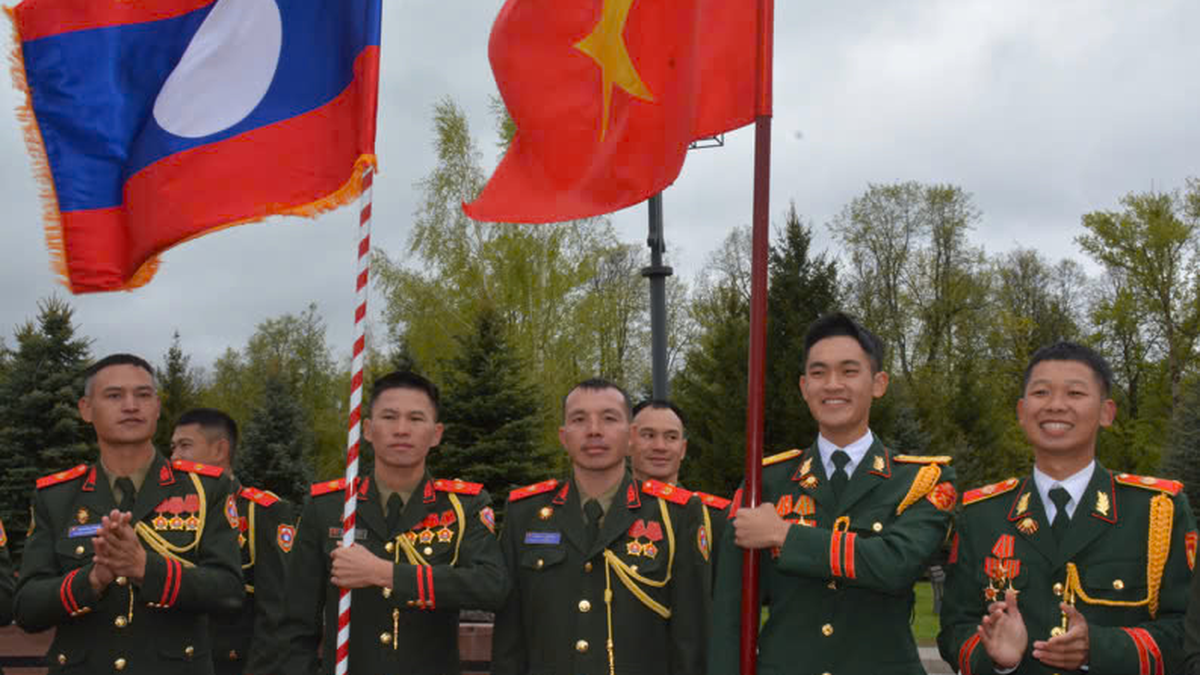

![[Photo] Prime Minister Pham Minh Chinh meets with the Policy Advisory Council on Private Economic Development](https://vphoto.vietnam.vn/thumb/1200x675/vietnam/resource/IMAGE/2025/5/8/387da60b85cc489ab2aed8442fc3b14a)
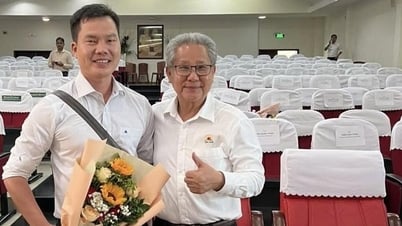

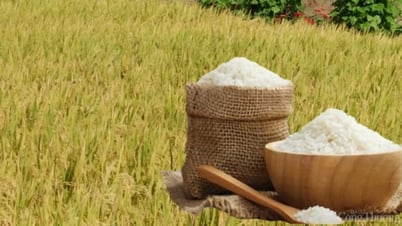


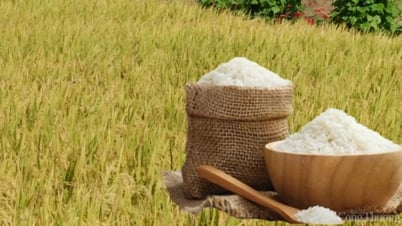
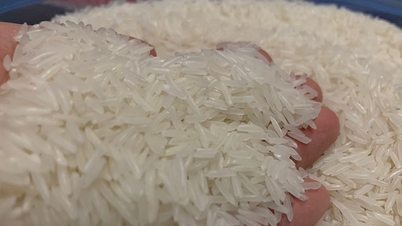
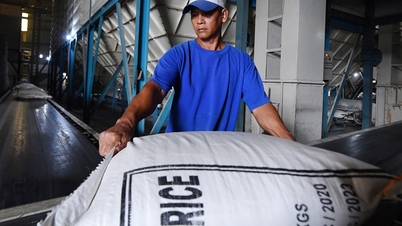
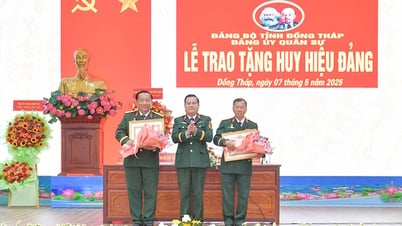
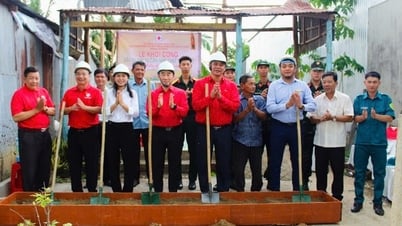
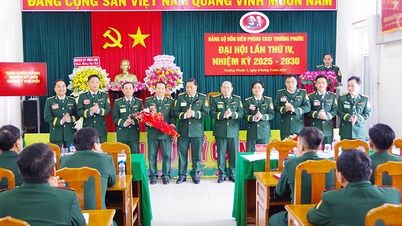
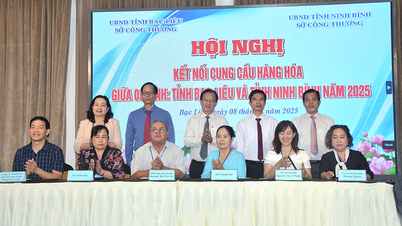
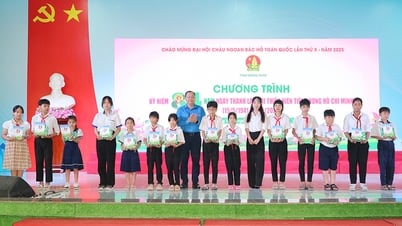
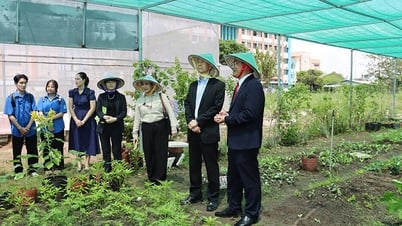




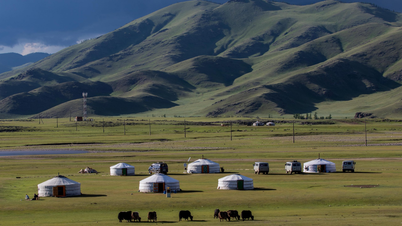
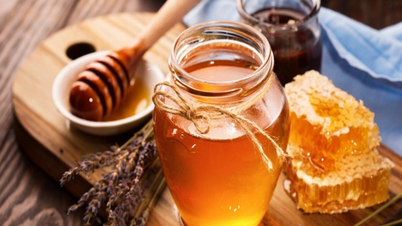
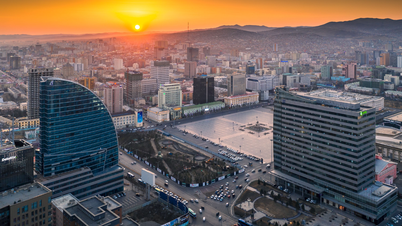


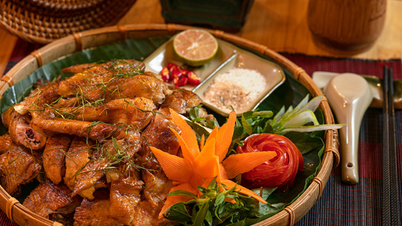









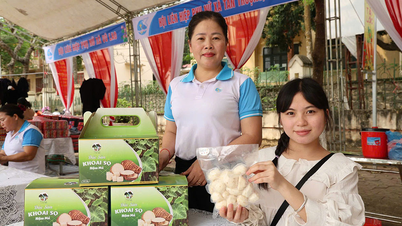






















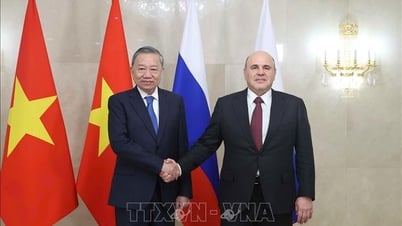
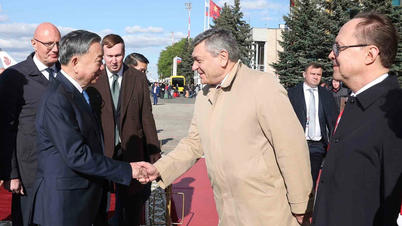


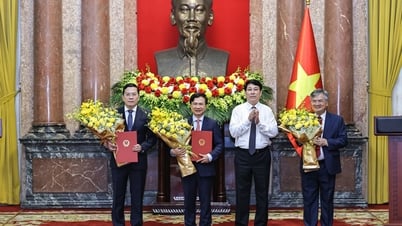

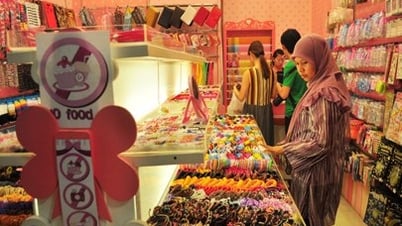


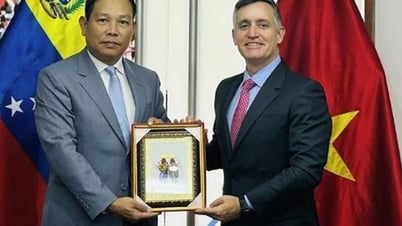

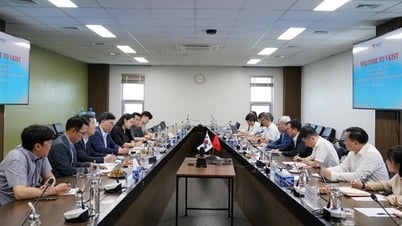

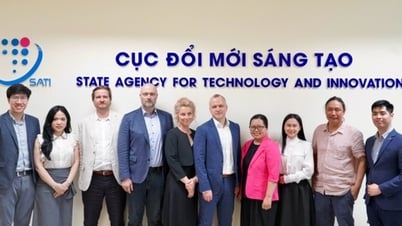


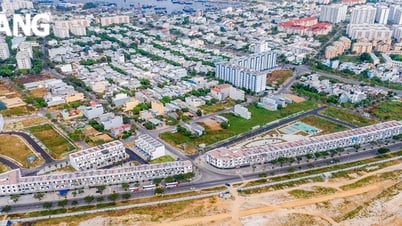

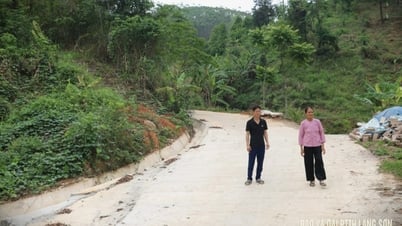

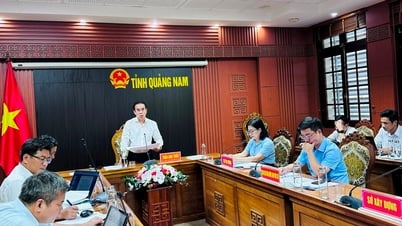

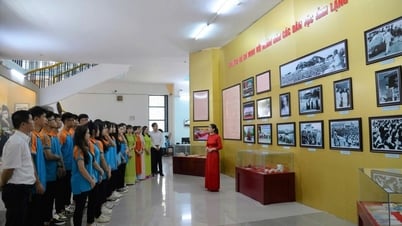
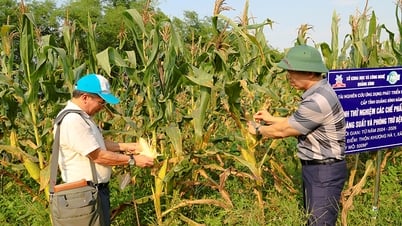













Comment (0)